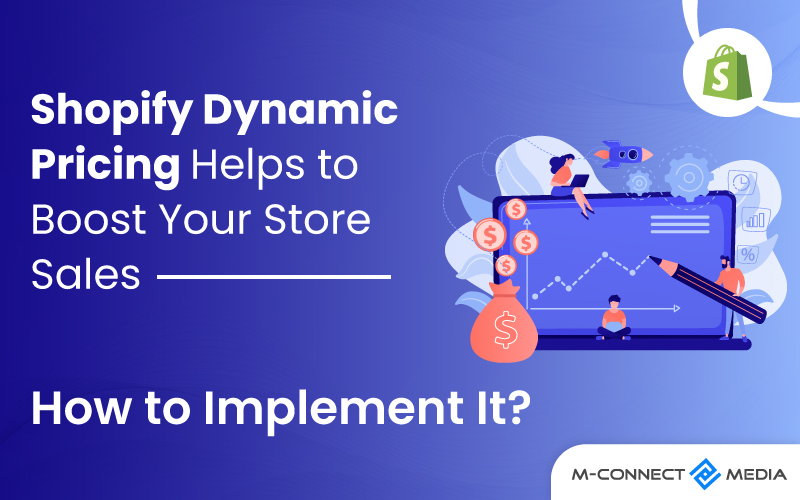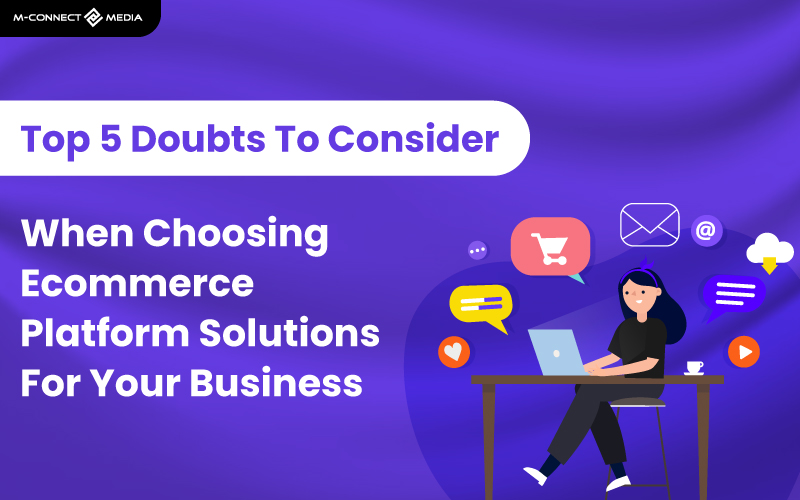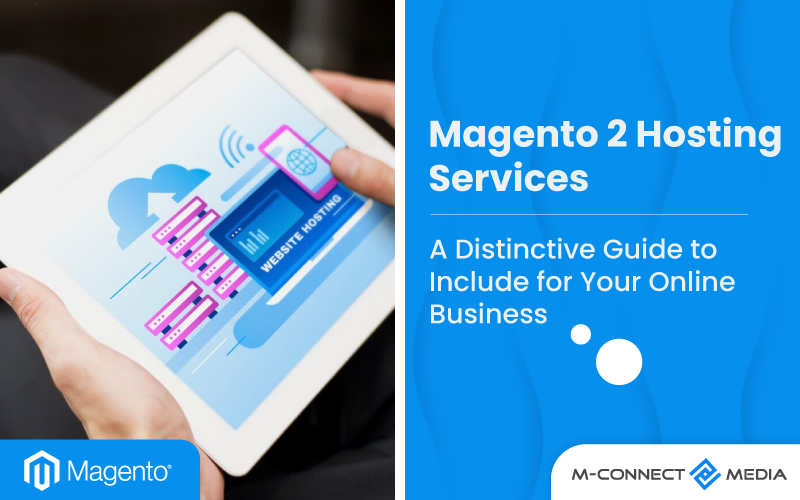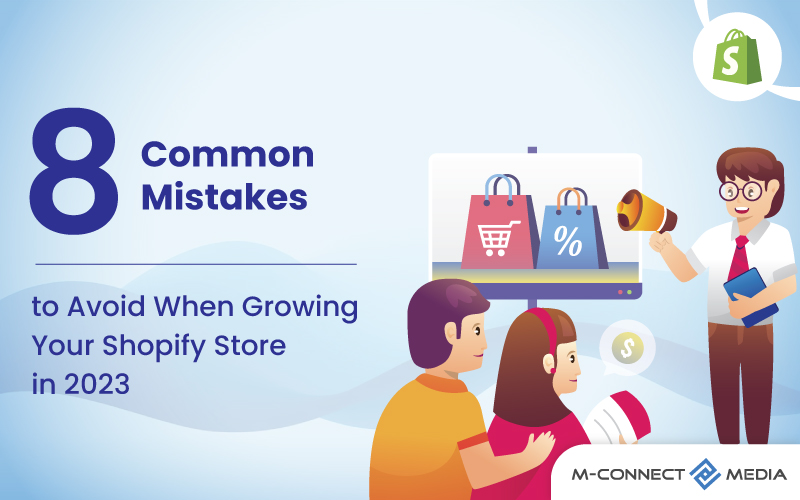Many business owners have used this pricing strategy to boost their sales. They do this with something Shopify Dynamic Pricing. If you’re looking for ways to use dynamic pricing on Shopify, you’re in the right place!
If you run a Shopify business, you might know that market is always changing, especially on the internet. So, to make sure you sell the most, you need to change your prices when the market changes.
However, not many people know how to use a dynamic pricing strategy for their Shopify websites. This can make it confusing to figure out if it’s helping them make more money.
In this complete guide to using dynamic pricing on Shopify business to make more money. This guide will also show you everything you need to know about Shopify dynamic pricing and how to use it.
What is Shopify Dynamic Pricing?
Dynamic pricing means prices are always changing, not staying the same. It’s a bit like how prices go up when lots of people want something, and they go down when there’s plenty of it. But dynamic pricing involves more than just figuring out supply and demand.
Dynamic pricing is a business trick where prices change depending on how much people want something, how much it costs, when it expires, and other stuffs. This helps businesses set prices that make the most money in today’s market.
People who run Shopify stores often have to change prices based on where customers are, how much they like the product, and more. It’s influenced by many factors in today’s online shopping world.
Dynamic pricing doesn’t just depend on whether people want product or service. It’s influenced by many factors in today’s online shopping world. It helps you adjust to all these factors and offer great prices to customers without losing money.
Also Read: 10 Best Shopify Development Trends To Consider in 2023
Why Should You Use Dynamic Pricing in Your Shopify Store?
Dynamic pricing has some advantages over fixed pricing for businesses. You can make more money from customers who are okay with higher prices, and you can sell more by giving lower prices to customers who don’t want to pay a lot. This way, you can match the price to what each customer wants to pay.
Dynamic product prices can help Shopify sellers in various ways:
- Giving customers the right price for the product.
- Making the most money by reacting quickly to what’s happening in the market.
- Easily setting prices for lots of products.
Dynamic pricing has different advantages and uses depending on the business.
Which Factors are Influencing Dynamic Pricing for Shopify Store?
To implement an effective dynamic pricing strategy, a company must examine three sorts of factors:
- Demand-side Factors
Businesses must determine if demand for their products is constant or if it varies by time or day. They must also analyze whether various client segments have varying willingness to pay and what influences it.
- Business Model
The gross margins of a company should guide dynamic pricing. If a company offers dynamic pricing that lead it to sell items with little profit, this is not a winning strategy.
- Supply Affects
Supply may be managed through dynamic pricing. If a company has surplus inventory, more reduced dynamic pricing can be utilized to clear it, conversely if supply is extremely restricted, dynamic pricing can be used to boost prices to avoid stockouts.
How Do You Implement Dynamic Pricing in Your Shopify Store?
Using applications, merchants may set up dynamic pricing in Shopify. Here are a few methods for implementing Dynamic Pricing on your Shopify Store.
1. Determine Pricing Variables
Think about things like the time of year, what time it is, how much money people have, and what they think the product is worth. You can learn this by looking at sales data and talking to customers to get their opinions.
2. Watch Out Competitor Prices
Monitor competition pricing and price your products competitively to ensure they are neither overpriced nor underpriced.
3. Adjusting Price When Supplier Costs Vary
Dynamic pricing should assist you in increasing your margins, not the other way around. Make sure you’re not selling at a loss by keeping your prices up to date when your vendors’ costs change, especially if you’re dropshipping.
4. Check and Update
Take a look at dynamic pricing at least once a year. It should help you make more money, make customers happier, and keep products in balance. If it’s not doing that, you might need to make it better or go back to fixed prices.
Dynamic pricing is a proven way to make more money, but it’s important to think about whether it’s right for your business. You don’t want to make customers leave because they’re confused about the prices.
Also Read: How to Build Branded Merchandise That Your Shopify Customers Will Love
Best Practices for Implementing Shopify Dynamic Pricing for Your Store
Let’s take a look at some of the best practices to keep in mind while implementing dynamic pricing for your Shopify store:
1. Determine Product’s Demand
Start by doing some research to see how much people want your product in the market. This way, you can set a fair price that matches what people are willing to pay.
If not many people want it, charging a really high price won’t work, and it will make customers unhappy. Since cost is a big deal, you have to plan carefully.
2. Monitor Competitor’s Pricing
This is like the step before, where you’re looking at how much people want your product. But now, you’re also looking at what other businesses are doing.
Your competitors can actually be helpful in figuring out if prices are right for what people want. You can also see if they’re doing anything interesting with their dynamic pricing. Keep your brand’s unique style.
3. Use of Sold-Out Products
Here’s a smart way to benefit from what your competitors miss out on. Your research will help you pick which products to use dynamic pricing for.
Make sure you’re good at managing inventory because competitors might try to get customers to come to stores for things that you don’t have in stock.
Keep an eye on the popular products that often sell out in business and manage your inventory wisely.
4. Use Latest Trends to Advantage
Sometimes, certain products become popular because of things like social media or other influences. When that happens, you can change your price to make the most of it.
You can’t always know how long a trend will stick around. So, the best thing to do is take advantage of it and make it a profitable trend for your business.
5. Adjust Price with Delivery Speed
When people pay more for something, they expect it to come fast. So, if Shopify store can get things delivered quickly, it makes sense to charge a bit more. It’s fair to charge for convenience of speedy delivery.
But if you end up taking longer than expected to deliver, your customers might feel like they paid too much and go to another store next time.
6. Special Prices for Bulk Orders
Sometimes, people come to your store and want to buy a lot of high-quality stuff. The best way to keep happy is to give a special price for buying in bulk. If you offer a good deal, you can get them to become loyal customers.
They might become loyal, which means you’ll not only make up for discount, but also make more money. And giving discounts and special deals to customers who come back is a great way to show you care and get to come back again.
7. Using Automation for Smart Pricing
Dynamic pricing means you have to keep an eye on customers, what other businesses are doing, the market, and what people want. You have to change prices a lot to make the most money.
That’s why it’s best to use computer programs powered by artificial intelligence (AI) to help you. They look at what other businesses are doing and use data to suggest the best prices for products, so you can make more money.
Here are more things to think about when you’re making a dynamic pricing plan for your Shopify store. Be flexible, watch what customers want, how they buy things, and what other stores are doing. And be quick to change your prices when the market changes.
Also Read: Shopify Guide: How to Develop Product Development Strategy That Work
Summary
Dynamic pricing is a proven way to make more money, but it’s important to think about whether it’s right for your business. You don’t want to lose customers because they’re not sure about the prices.
If you do dynamic pricing right, store can make a steady profit, get more people to buy, and stay ahead of the competition all year. If you plan and use it the right way, it can really make a big difference for your store.
Under dynamic pricing, a product’s price changes a lot, sometimes even in real-time. This happens because of certain rules, like when more people want something.
FAQs about Shopify Dynamic Pricing:
1.How do you implement a dynamic pricing strategy?
- Define your goal.
- Create an effective value measure.
- Select a pricing strategy.
- Put approach into action and keep an eye on it.
- Examine client feedback.
2. Can you do dynamic pricing on Shopify?
Once these characteristics have been identified, you may collaborate with a web developer to implement dynamic pricing directly on shop using Shopify Functions, a tool that lets you to set unique price rules.
3. Why implement dynamic pricing?
External variables such as customer demand, rival price, and overall market circumstances and economic trends have an impact on pricing tactics. It adjusts rates based on customer willingness to purchase, dynamic pricing is the successful techniques of expanding market share.
4. How does dynamic pricing increase revenue?
Dynamic pricing is a pricing technique allows you to change rates in response to market conditions, consumer behavior, and objectives. By delivering the appropriate pricing to the right client at the right moment, it can help you maximize income and customer happiness.
About us
MAGENTO PROJECT PLANNING
At Mconnect Media, Our experts will work on your Magento project, always keeping your business in mind. What used to be just an idea will turn into a real thing when we put our methods into action.
We’ll follow our plan carefully to make sure everything goes smoothly. At the start of Magento 2 eCommerce project, we’ll make a plan of what we’ll create and do. We’ll also give you a clear schedule of what we’ll be doing during the project.
When we give tasks to different people, especially for Magento projects, things can get done really well. Once that happens, you can expect everything to move in the right direction.
More Posts:
- Shopify Functions Will Take Place of Shopify Scripts In 2023/24: What You Should Know
- Magento Vs Shopify – Which Ecommerce Platform You Should Prefer?
- Shopify Vs Shopify Plus: Which Shopify Version Is Better for Your Business in 2023?











